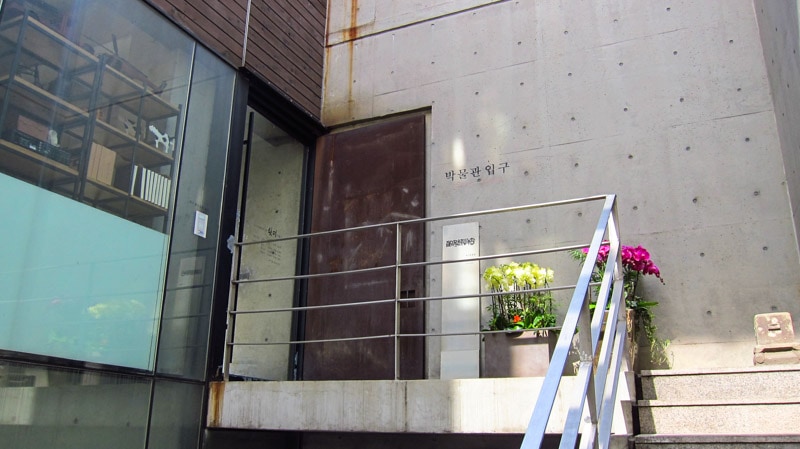
The Lock Museum displays antique locks, keys, and furniture from Korea and all over the world and conserves this disappearing art for future generations. The museum, which features over 4,000 different types of locks, is located in the district of Daehangno (College Street) near Daehak-ro southeast of Hyehwa Station. The Korean name of the museum is “seotdae” which means “a key.”
The museum was opened in a beautiful modern building in November 2003 by Choi Hong-gyu. Before he opened the museum, he ran his own hardware shop and store south of the Han River in Gangnam. It was known as Choi Family Hardware.
Mr. Choi, who is now the museum director, used his entire fortune to open the museum. His goal was to show visitors the beauty behind practical keys, locks, key holders, furniture, and more from his home country of Korea and from around the world.
The history and cultural importance of these locks have been disappearing as the world modernizes. The Lock Museum hopes to preserve this part of history for all to see and enjoy.
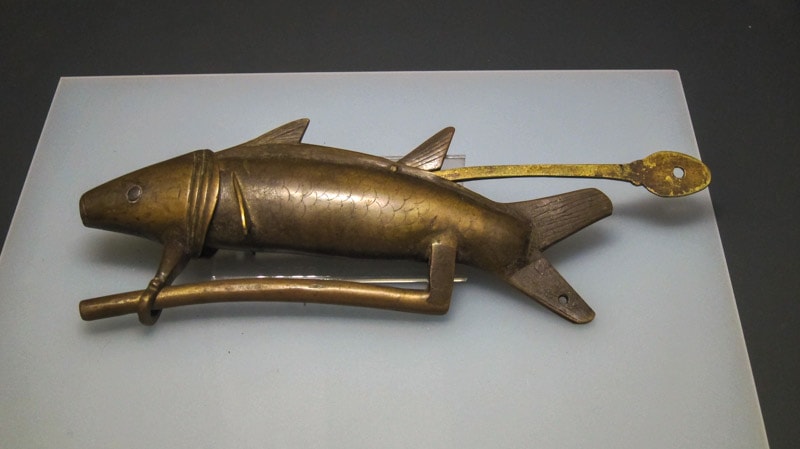
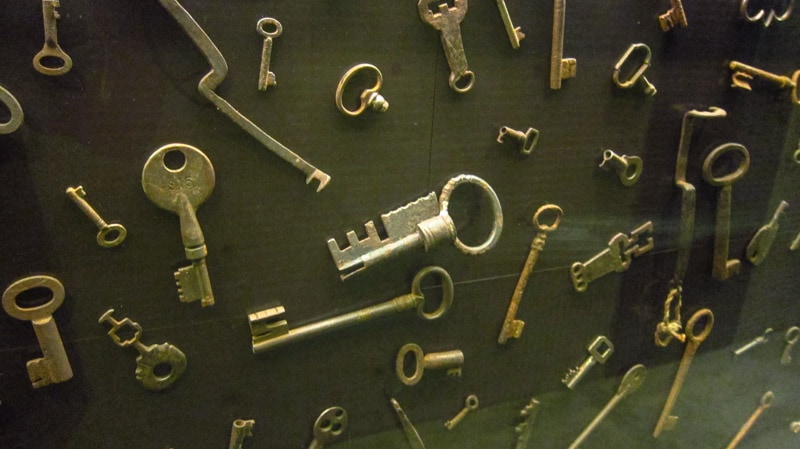
In everyday life locks are practical and functional in protecting gates and the contents of chests and other furniture. The beauty of the design of these antique Korean locks though is unmatched. The designs features characteristics of traditional art and are an important part of the cultural heritage of Korea.
When most people think about locks, they do not take the time to think about the beauty and science behind their creation and function. It is true the primary function of a lock is for security of valuables, but these locks are also important pieces of art and a key to the past.
Many of these locks have been meticulously designed and wonderfully complement the doors, furniture, or wherever they may be used on. Many of the patterns and engravings on these locks are also a sign of luck, health, and longevity.
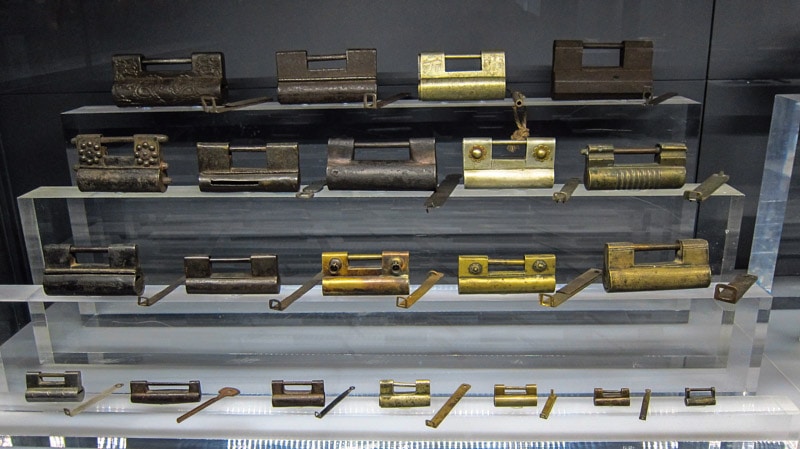
During the Joseon dynasty (1392-1897), the most basic shaped lock would have been a “ㄷ-shaped” (deegut) lock. It was not uncommon to find other various shaped locks shaped as animals such as fishes, dragons, butterflies, bats, and tortoises. Fishes are a sign of security as their eyes are open at all times and for the prevention of fire as they live in the water. Tortoises represents health and longevity as the animal usually lives a long time.
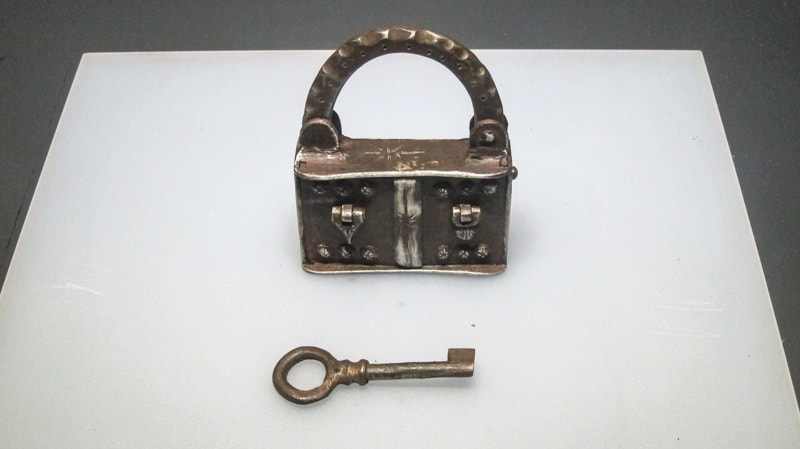
A dunte is wooden door latch that was often used to lock hinged gates of traditional homes. A wooden bar would be put across the inner side of the gate and latched into a grove on the dunte. This would lock the door into place. These wooden duntes were also often decorated with animals such as fishes, dragons, and tortoises. These designs symbolized good health, luck, longevity, and protection for all of those who passed through the gate.
There is also a type of key ring known as a yeolsoepae. There are two types of yeolsoepae, practical and decorative. Practical yeolsoepae are often made of wood or deer horns and are used for conveniently hanging keys. Decorative yeolsoepae are luxuriously crafted and made of metals such as brass and designed with intricate woven ornaments. These decorative pieces are a sign of good luck and were often given as gifts from the mother to her daughter as a wedding gift on the day of her daughters wedding.
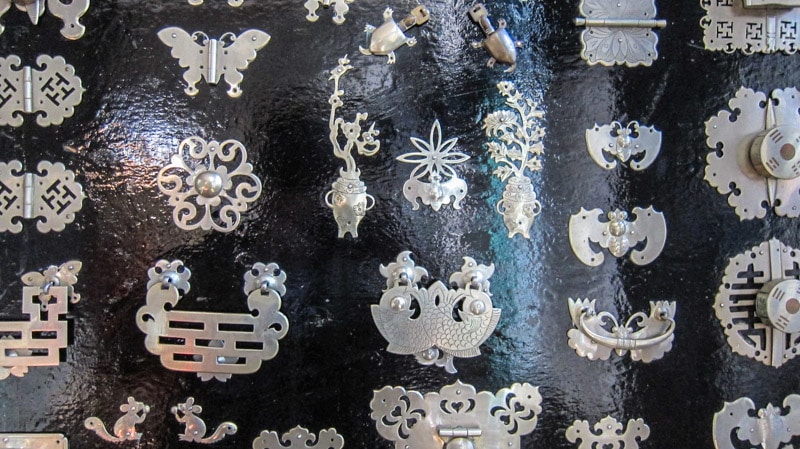
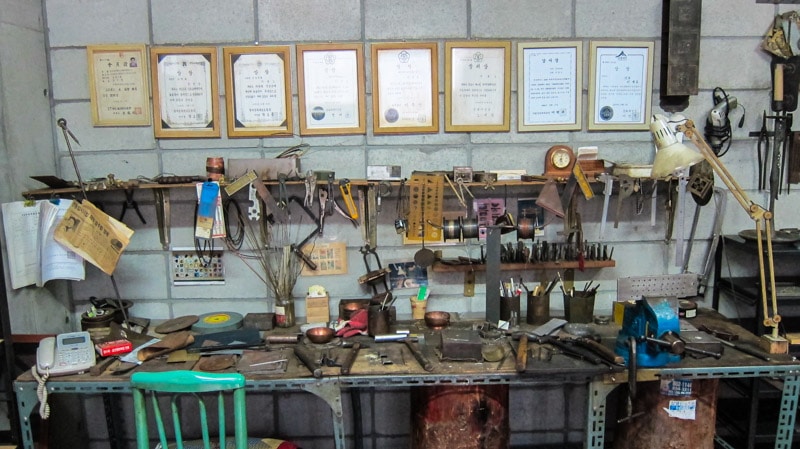
Exhibition Hall 1 : This is the main exhibition hall of the museum. Items here include Korean locks from as far back as the Unified Silla period (668–935) all the way through the Joseon dynasty. On display here are common ㄷ-shaped (deegut) locks and those more uncommon such as fish, dragon, and tortoise shaped locks.
Exhibition Hall 2 : Items in this exhibition hall include Joseon dynasty furniture, wooden boxes, and cabinets that were locked to protect important contents. This includes key, stamp, and comb boxes and boxes that preserved portraits of the deceased.
Exhibition Hall 3 : Items in this small exhibition hall include a variety of metal and wooden locks, keys, bolts, and hinges from all over the world outside of Korea including China and Tibet, Europe, Africa, India, and the Middle East.
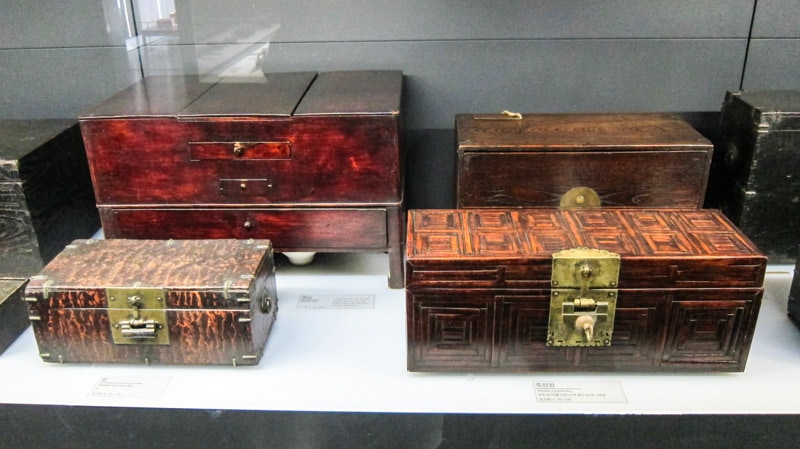
Table of Contents
Lock Museum Hours
Tuesday-Sunday : 10:00-18:00
Closed on Mondays
Admission
Adult : 4,000
Youth : 3,000
Senior : Free
How to get to Lock Museum
Take Subway Line 4 to Hyehwa Station (Exit 2).
Continue for 200 meters until you reach the end of Marronnier Park.
Turn left onto Dongsung-gil and continue for another 200 meters.
The museum is located on 3F/4F of the rusty looking building.
Additional Resources
Book Recommendation: Fodor’s Seoul
While The Seoul Guide provides plenty of information about traveling to Seoul, sometimes it helps to bring a book with you on your journey. Want to visit Gwangjang Market, hike Bukhansan National Park, visit an ancient palace, or sing karaoke all night long? The book I always recommend is Fodor's Seoul, which provides expert recommendations including sights to see, restaurant reviews, maps, and essential trip-planning information for everything related to Seoul.
Learn more about Fodor's Seoul
Rakuten
Save money while exploring Seoul with Rakuten's cashback program. By booking hotels through Rakuten, visitors can earn cashback rewards and enjoy significant savings. Exclusive partnerships and deals make stays in Seoul more affordable, freeing up funds for attractions, dining, and other experiences. I use Rakuten for cashback on all of my hotel stays in Seoul.
If you sign up using the link below, you will get $30 cashback after your first purchase over $30.
Klook
Klook is a reliable online platform offering discounted tickets and reservations for attractions and services in Seoul. It covers theme parks, museums, transportation, WiFi, tours, and more. Travelers can save time and money by booking through Klook's user-friendly interface, with secure transactions and helpful customer support.
If you sign up using the link below, you will get $5 off your first order.
Learn more about KlookLast Updated on Oct 21, 2023